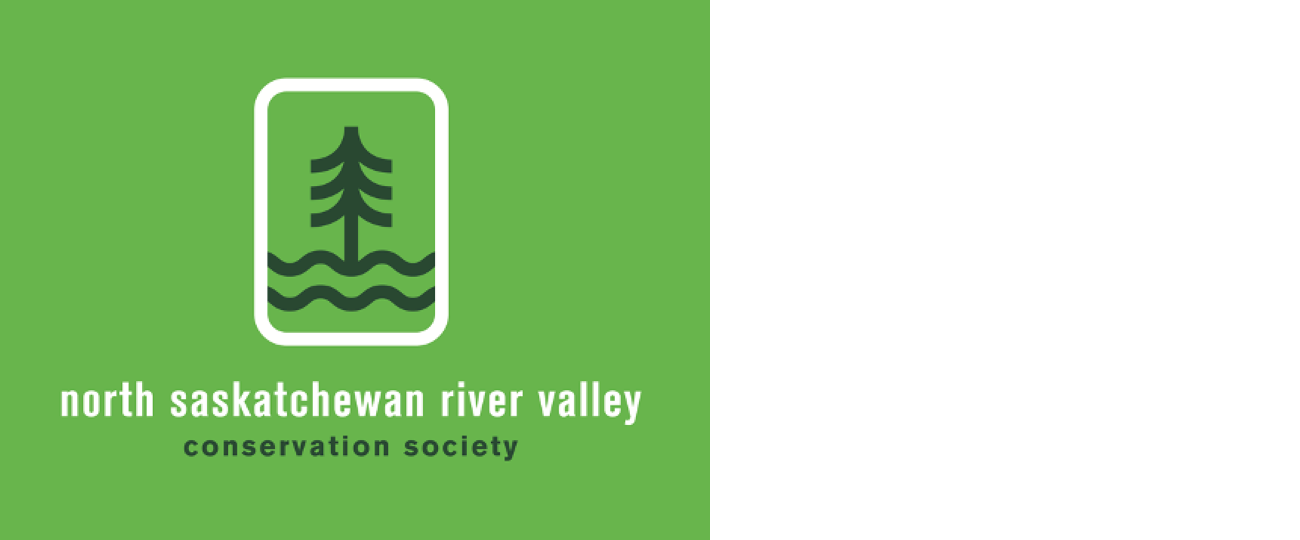Edmonton earns bird friendly city designation
Edmonton has become the eighth city in Canada to earn the designation of certified Bird Friendly City. NSRVCS has worked in collaboration with Nature Canada and other community organizations to make our city a haven for wild birds.
The city’s bird friendly actions include: Protecting natural habitat to conserve, restore, grow and connect natural spaces to support biodiversity; A strong commitment to climate change mitigation and adaptation; Celebrating World Migratory Bird Day; and Providing opportunities for residents, including youth, to learn about and appreciate wild birds around the city.
Birds play an essential role in maintaining healthy and resilient ecosystems in our communities. But there are three billion fewer birds in North America today than 50 years ago. Much of these losses are caused by human activities. As urban expansion continues, cities must act quickly to ensure that bird populations are protected and supported. Learn more about the bird friendly city certification program https://naturecanada.ca/defend-nature/how-you-help-us-take-action/bfc/?
Lu Carbyn Nature Sanctuary promotes avian conservation
This beautiful 155-acre property, a haven for birds and other wildlife, opened to the public in July 2021. It was donated to the Edmonton & Area Land Trust by Lu Carbyn, a renowned wildlife biologist and Adjunct Professor at the University of Alberta.
The sanctuary is located close to the Lily Lake Natural Area, as well as several other Crown Lands, significant lakes, natural areas, and other types of protected lands. Collectively, they provide extraordinarily significant habitat for wildlife, and conserving this quarter section assures landscape connectivity for wildlife as they live and move in the area.
Several small lakes and wetlands provide breeding areas for many types of waterfowl, including loons and trumpeter swans. A wide array of other wildlife, both large and small, are frequently spotted here or on the wildlife cameras here, including toads, fishers, beavers, deer, moose, and even bears and cougars.
Dogs are not allowed, and trails are prone to flooding in some spots. The sanctuary is an hour drive west from Edmonton and recommended for intermediate or experienced hikers due to the remote location. Directions, parking, trails and visiting guidelines at https://www.ealt.ca/lu-carbyn-nature-sanctuary
Cleaning up the river and using it for recreation are modern notions
In the early days, recreation in the Edmonton Area took place on land. The river was a stinky stream, carrying away waster from homes, businesses, sawmills, coal mines, brick yards, tanneries, breweries, meat packing plants, dairies, and hog, chicken, turkey, and mink farms.
In 1882, the first European sporting organization in Edmonton, the Edmonton Cricket Club, was formed. Edmonton had a population of 350 at the that time and was not yet a town. When Edmonton became a city in 1905, part of the celebration was a cricket play down.
A Rugby Football Club was organized next, followed by lacrosse in 1883. Organized baseball emerged in 1884, the Edmonton Rifle Association in 1886, Edmonton Tennis Club in 1891, and finally hockey clubs in 1894, in both Edmonton and Strathcona.
Edmonton’s first golf club came into being in 1896. By 1899, there were women hocky clubs in Edmonton. Text from Living in the Shed by Billie Milholland, published by the North Saskatchewan Watershed Alliance https://archive.org/details/livinginshedalbe00milh/
Edmonton Paddlers Boat & Gear Swap – Location change
After much work & marketing, the City of Edmonton has asked that we move the location to the Kinsmen Centre overflow grass parking lot, which is just beyond the main parking lots. Details at https://ceyanacanoeclub.wildapricot.org/event-4768929
Comment or contribution
Please note that articles may not reflect the position of NSRVCS. River Valley News is meant to be a clearinghouse for the wide variety of opinions and ideas about Edmonton’s River Valley.
If you have a comment, concern, or question, contact us at nsrivervalley@gmail.com Please email us river valley photos or event information. Your friends, neighbours and colleagues can sign up for this newsletter on our web site https://www.edmontonrivervalley.org/
Sincerely yours,
Harvey Voogd
North Saskatchewan River Valley Conservation Society
780.691.1712

















